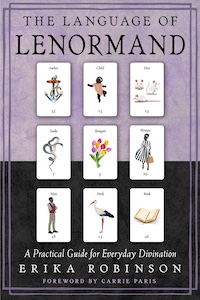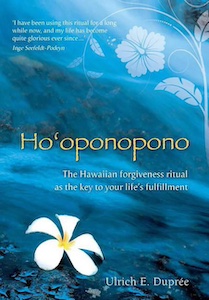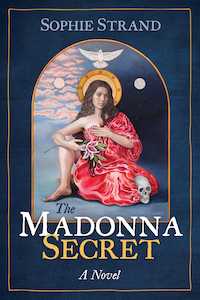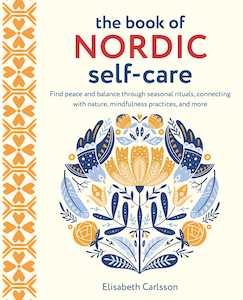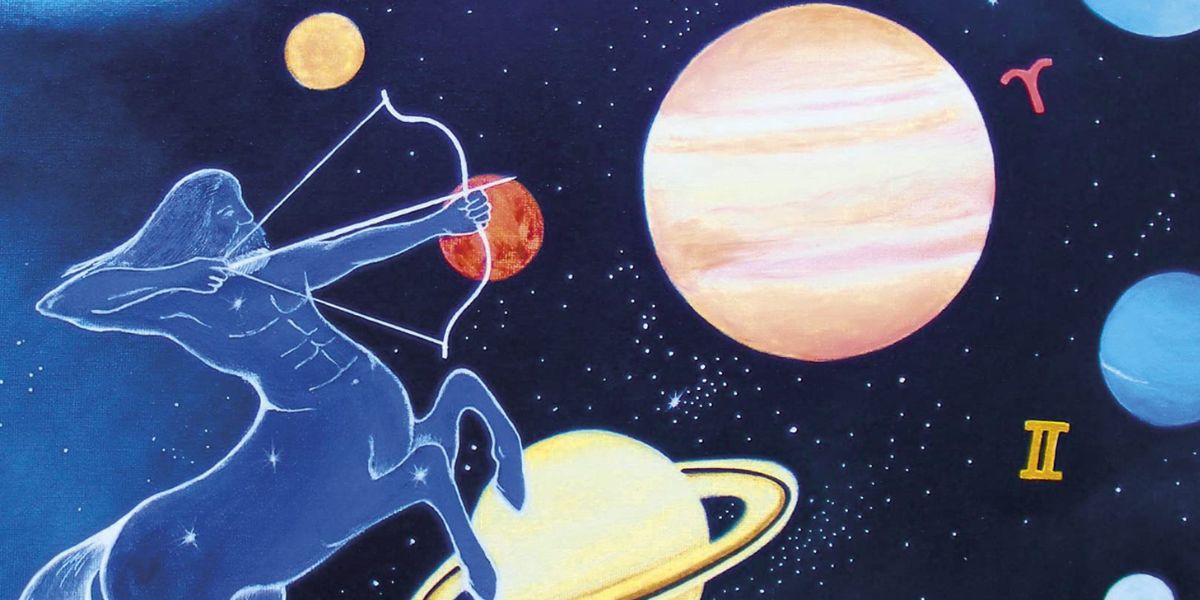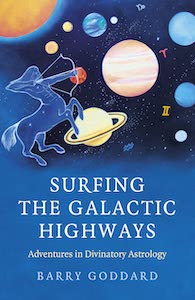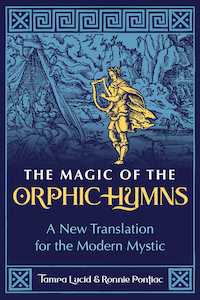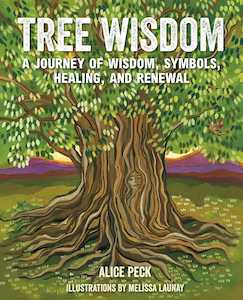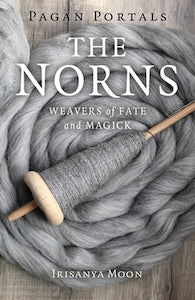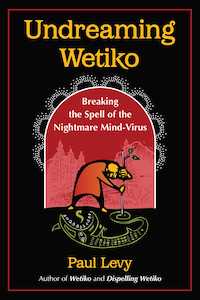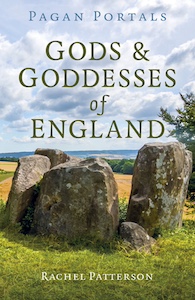
Pagan Portals – Gods & Goddesses of England, by Rachael Patterson
Moon Books, 1789046629, 128 pages, July 2023
I was drawn to Pagan Portals – God & Goddesses of England by Rachel Patterson because as the wife of an Englishman, I’ve traveled there quite a bit. What I love about my travels is that we don’t visit as tourists, we settle in as family and then branch out and explore the countryside. It’s a place that shares its land with small villages, larger cities such as York and Bath, and also ancient markers, all of which cohabitate beautifully. Thanks to Patterson, my knowledge of the deities of England has greatly expanded. I’m looking forward to seeing the sights with the lens of the gods and goddesses next time we visit!
Pattern is the perfect guide for this trip through the landscape of England’s deities. Her website titles her an “English kitchen witch and author” 1 Her list of other published works is impressive, including Pagan Portals – Kitchen Witchcraft, Pagan Portals – Moon Magic, and A Witch for Every Season. She is listed as one of the 100 Most Spiritually Influential Living People in Watkins Mind Body Spirit magazine.
Now, diving in, this book is divided into two broad sections: “Part I, The History of Humans” and “Part II, Gods & Goddesses”. To start the book, Patterson presents what she describes as a “very brief outline” of Britain’s timeline from Paleolithic Britain (700,000 B.C.) through the Noman conquest of 1066 A.D. She also introduces the reader to the various invading forces who settled in Britain and put their stamps on the people and the land – from the Romans to the Germanic tribes, to the Vikings. This laid the foundation for delving into the deities of England in this book.
In Part II, before recommending how to connect with the deities, Rachel profiles numerous deities, referencing whether they were a god or a goddess, and the location where reference to these deities was found. For some she is able to share a lot of information, while for others all that remains is a reference to their name on an inscription or relic or reference in a manuscript. She covers the whole of England, though, in a concise manner.
Of course, Britannia shows up. This time inscribed on a statue base in York. Britannia eventually became the symbol of Britain and of the resiliency of its people. She provides a lot of information on Sulis, a goddess found in Bath. As she writes, “a great number of altars, dedications and curse tablets have been found in Bath along with a large temple dedicated to her.”2 While worshiped during the Roman times as a goddess with whom they equated their goddess Minerva, Sulis seems to have been a local goddess long before the Romans invaded.
I was intrigued by the curse tablets that had been thrown into a spring. Each was made of metal and mostly all rolled up before being thrown into the spring. “All of them seem to be requesting return of stolen items, asking for revenge, or the righting of wrongs. Most of them involved what would seem to be today small items such as a stolen towel.”3 In all fairness, though, one needs their towel in Bath.
She offers ways to engage with the deities, whether one is local to you or whether you were drawn to one in the book. Ways include researching the deity, setting up an altar, connecting with the land, and, one of her favorite ways, researching food local to the area. She feels that these local recipes help her “align with the energies of the area”4 while also providing good food.
Rachel also writes extensively as to how she connects with specific deities, Belisama, the Three Mothers/Matres, and Sabrina. For each, she writes on myths and origins, invocations, rituals, meditations, and of course, recipes including chorley cakes (Belisama), Gloucester pancakes (The Three Mothers/Matres) and shearing cake (Sabrina). She concludes with offering further readings, if interested.
I highly recommend Pagan Portals – Gods and Goddesses of England. It encourages one to connect with the deities rather than just providing copious amounts of information on each, helping readers to create their own relationship with these gods and goddesses. Realizing that all might not be able to visit England to connect with these deities, Patternson offers ways to do so if one feels drawn to a particular deity. I loved her final recommendation as she sent me on my way:
“What I would recommend you do is to connect with the energy of the land you live on. Research the history for your own area and get to know the land beneath your feet.”5
Anne Greco is a non-fiction writer who writes about her life experiences and travels with humor, keen observations, and the hope that her words will remind us that “we’re all just walking each other home.” Her book, Serendipity: Chance Pilgrimages, tells the story of Anne encountering her places of power. As she reconnects with herself at each site, Anne also develops a deeper understanding and appreciation of her connection to both the seen and unseen worlds. Learn more about her work here: http://annegrecowriter.com.


